A step-by-step guide to making gum Arabic based watercolor binder for handmade watercolors
The use of Gum Arabic as a binder dates back to ancient times. The presence of Gum Arabic increases watercolor brilliancy, gloss, and transparency, giving greater depth to each color. It slows down the drying time of paint, and can also be used for controlling spread when painting wet-on-wet.
Watercolor paint is made by dispersing pigments of any colour in different proportions with acacia gum binder. The water in the binder thins the watercolor and transfers it to a surface like paper by acting as a vehicle or diluent. The acacia gum adheres the pigment to the surface of watercolor paper, resulting in a brighter colour by preventing the pigment particles from being dragged deep between the paper fibres due to capillary action.
In this blog, I’ll walk you through the steps to make your own watercolor paint binder, including the ingredients and tools you’ll need. Once prepared, you can use it to make artist-grade handmade watercolor paints.
Ingredients & Equipment
- 50ml Distilled Water
- 25g 100% Gum Arabic Powder
- 10g (~ 2tsp) Vegetable Glycerin
- 5g (~1tsp ) raw Honey or Agave /Rice syrup (vegan option)
- 100% Pure Clove Oil
Tools & equipment you will need:
- Clean mixing/storage jar (used marmalade or apothecary jars)
- Measuring Spoons
- Pestle and Mortar
- Separate, clean jar/dish to measure out the ingredients
- Kitchen Scale (designated for craftwork)
- Measuring cylinder or jug
- Microwave, kettle or stove (optional)
Method of making watercolor binder
1. Gum arabic is the hardened sap of the Acacia senegal tree, which can be found in arid countries stretching from Senegal on Africa’s west coast to Pakistan and India. The sap produced by the Acacia tree dries to a translucent, brittle, honey-coloured ‘crystals’ of resin. It has a sticky, emulsifying property that holds other substances together, making it an essential ingredient in making watercolor paints and botanical inks.
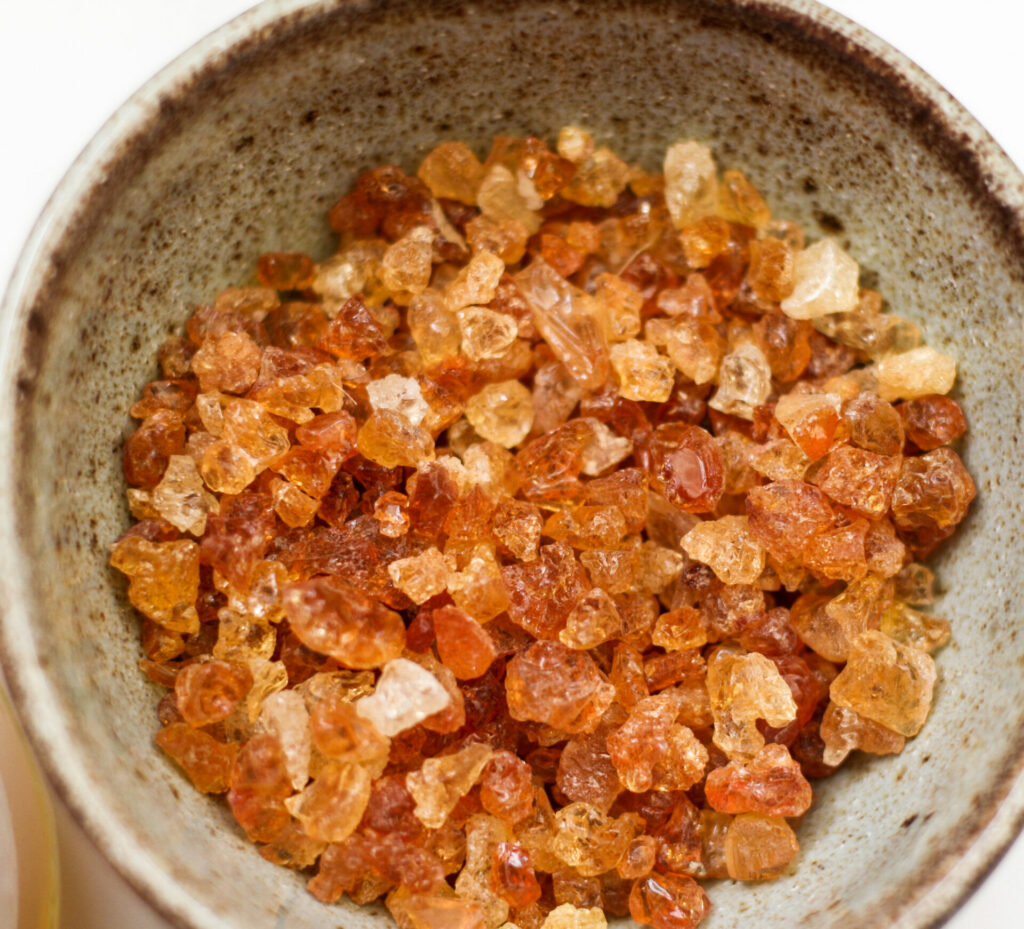
Gum arabic resin; origin: India
2. Measure 25gm of gum arabic resin and pound it into a powder using a pestle and mortar. Alternatively, measure powdered gum Arabic powder.
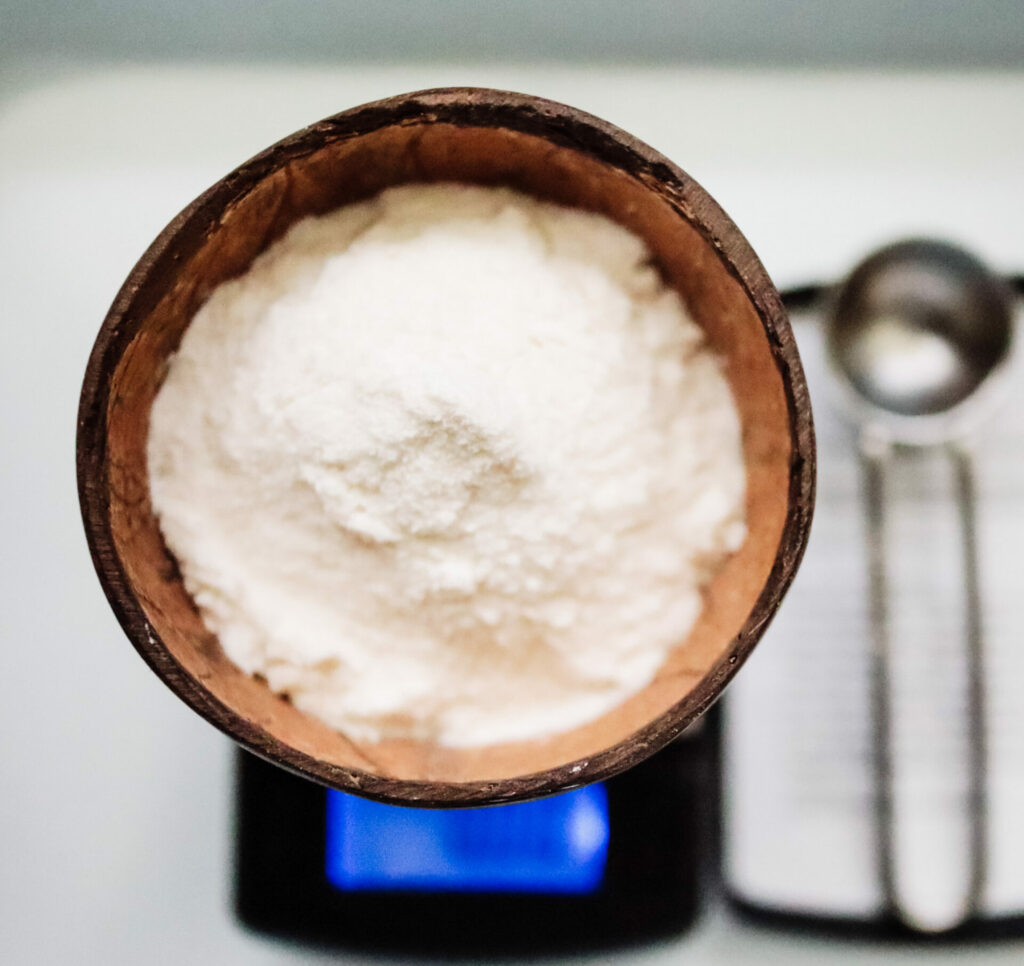
Gum arabic powder
3. Dissolve 25gm of gum Arabic powder in 50ml of cold or warm distilled water. Using warm water facilitates the dissolution of honey; pure honey is harder to dissolve than one that contains impurities (mainly sugar syrup). Slowly pour the water into the contents, stirring constantly to break up any lumps.
Gum Arabic takes some time to fully hydrate and dissolve in the solution. As a result, I leave the solution undisturbed for 24 to 48 hours, until all of the gum arabic molecules are hydrated and have entered the solution.
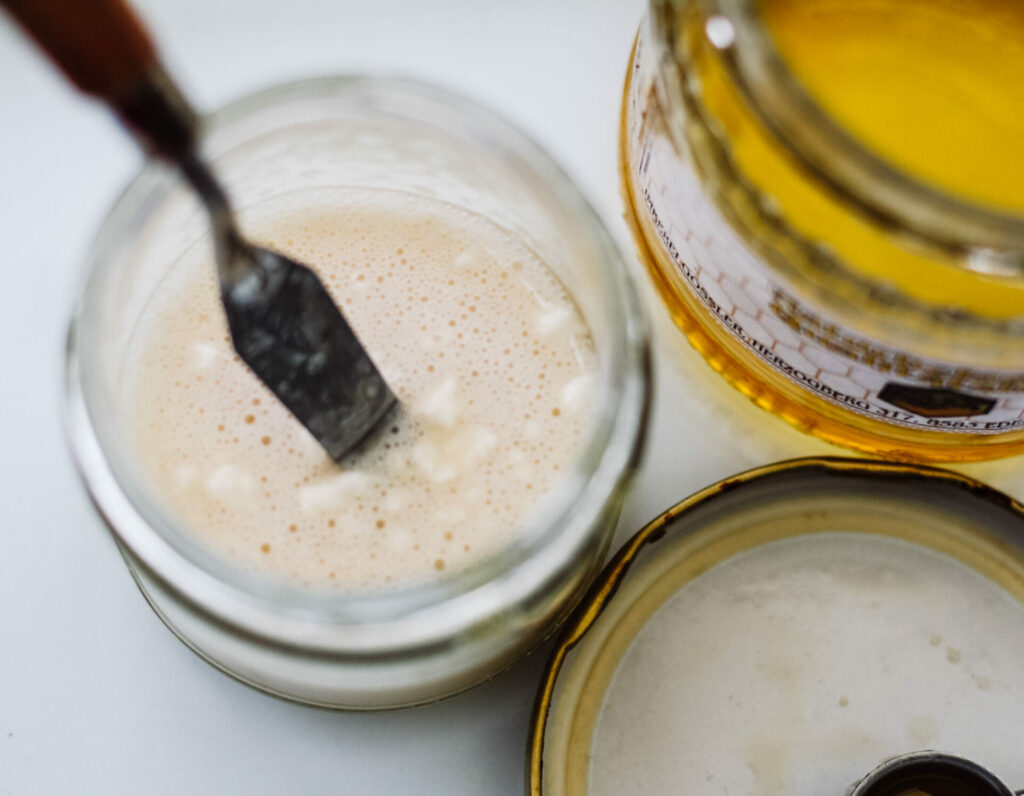
Gum arabic lumps in water
4. It is important to use distilled water because the minerals present in the tap water can alter the properties of your watercolor paint.
5. When using resins of gum Arabic, strain the mixture through a muslin cloth to remove any fragments of bark or other contaminants. If you’re using powdered gum arabic, you can skip this step.
6. Add 1tsp of honey or plant-based syrup (vegan option) to the binder solution. I always use locally sourced honey for making binder solution. Adding a humectant such as honey makes the paint more fluid and easy to work with later. The honey draws in more of the water. Without the honey, the watercolor pan will take a long time to rewet and ‘release’ any pigment onto the brush.
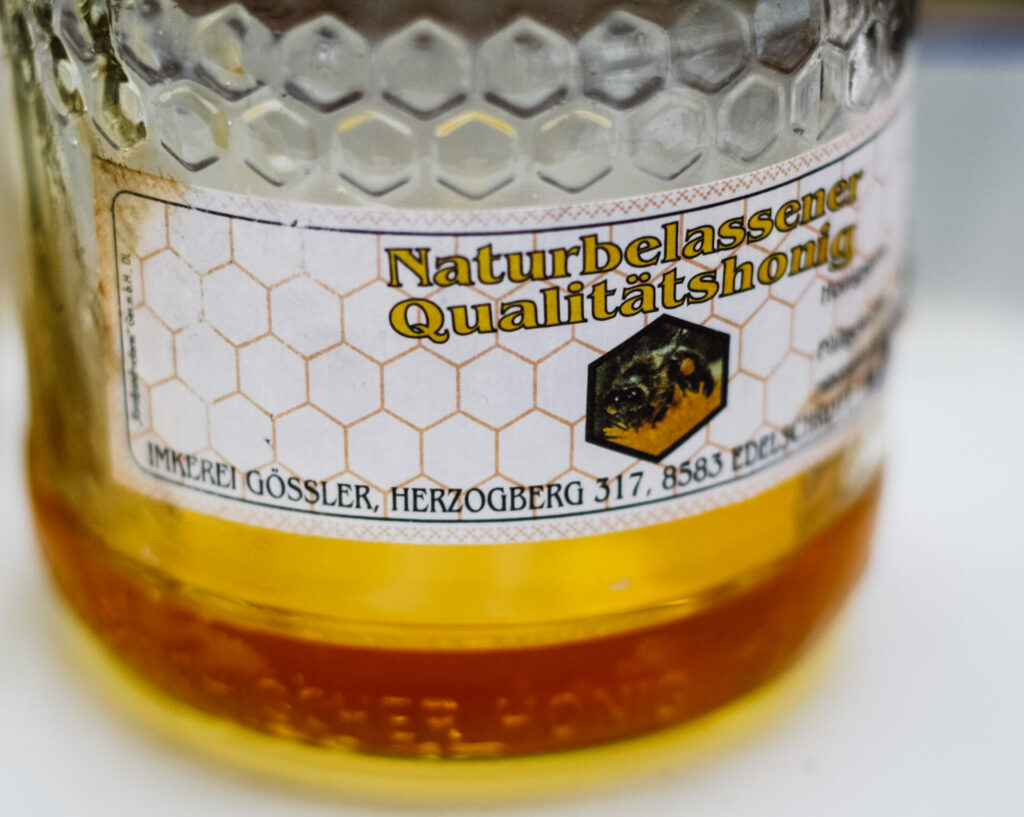
Natural honey
7. This step is optional, but you can also add 2tsp of glycerine to your solution. I generally don’t add glycerine to my paints except when making paints using the natural green earth pigments.
8. To extend the life of the binder solution, add a few drops of essential oil as a natural preservative to prevent the growth of mould and bacteria.
9. Store the finished binder solution in a cool and dry place or a dedicated refrigerator.
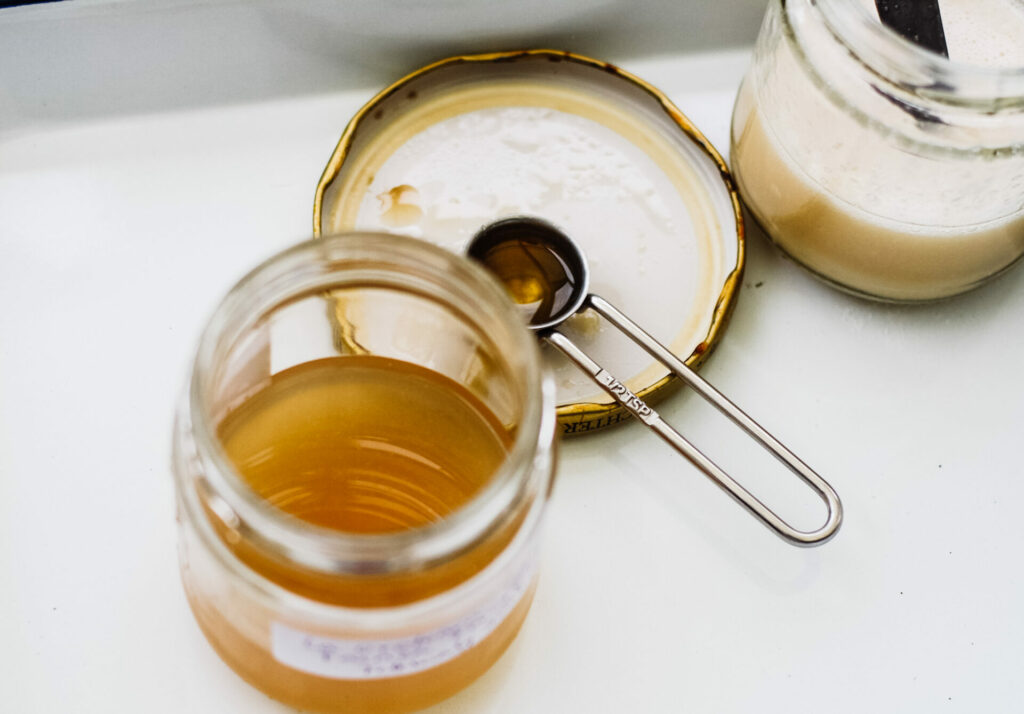
Watercolor binder solution
Affiliate Links
The links marked with an asterisk (*) are affiliate links; if you purchase something through these links, I may receive a commission that will help support this channel at no cost to you! Thank you very much for all of your help.
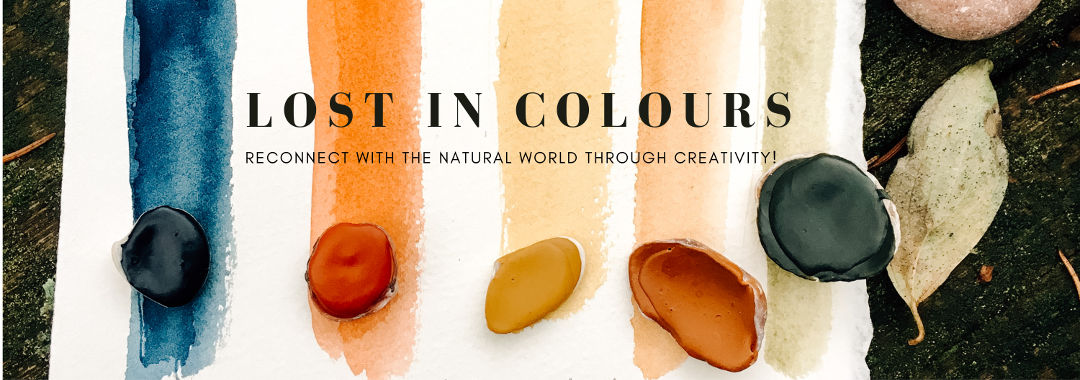
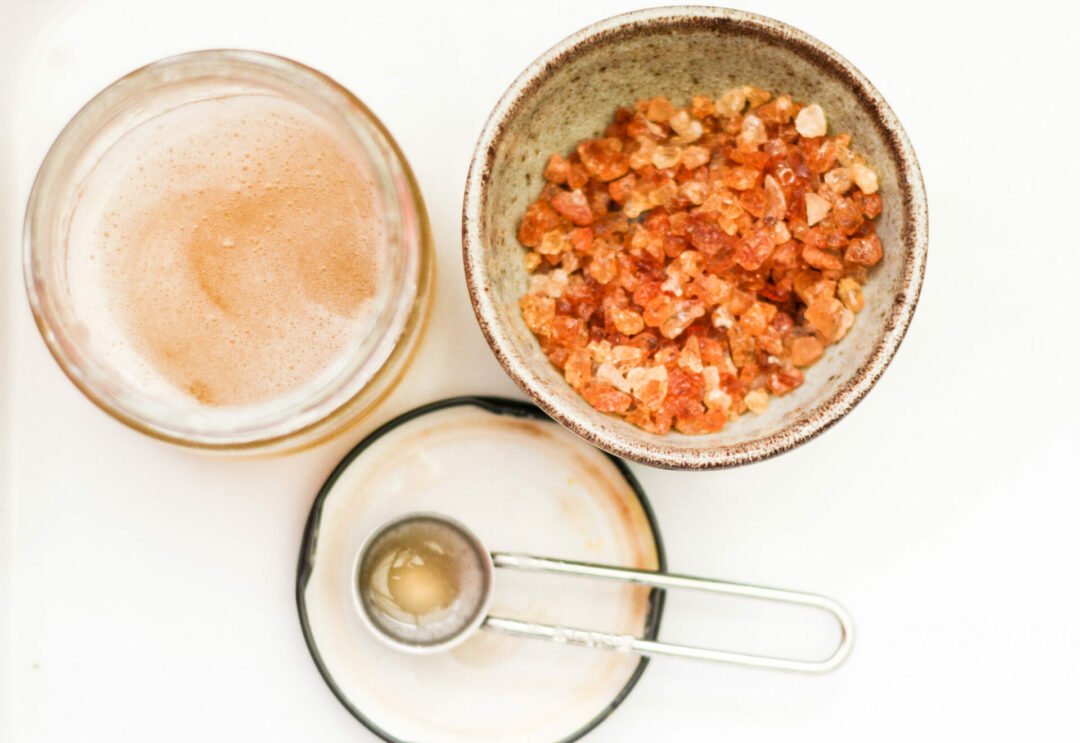
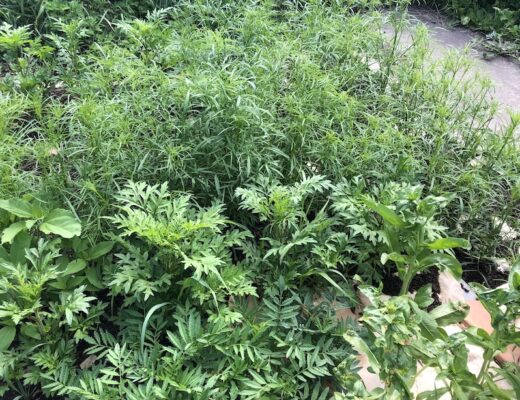
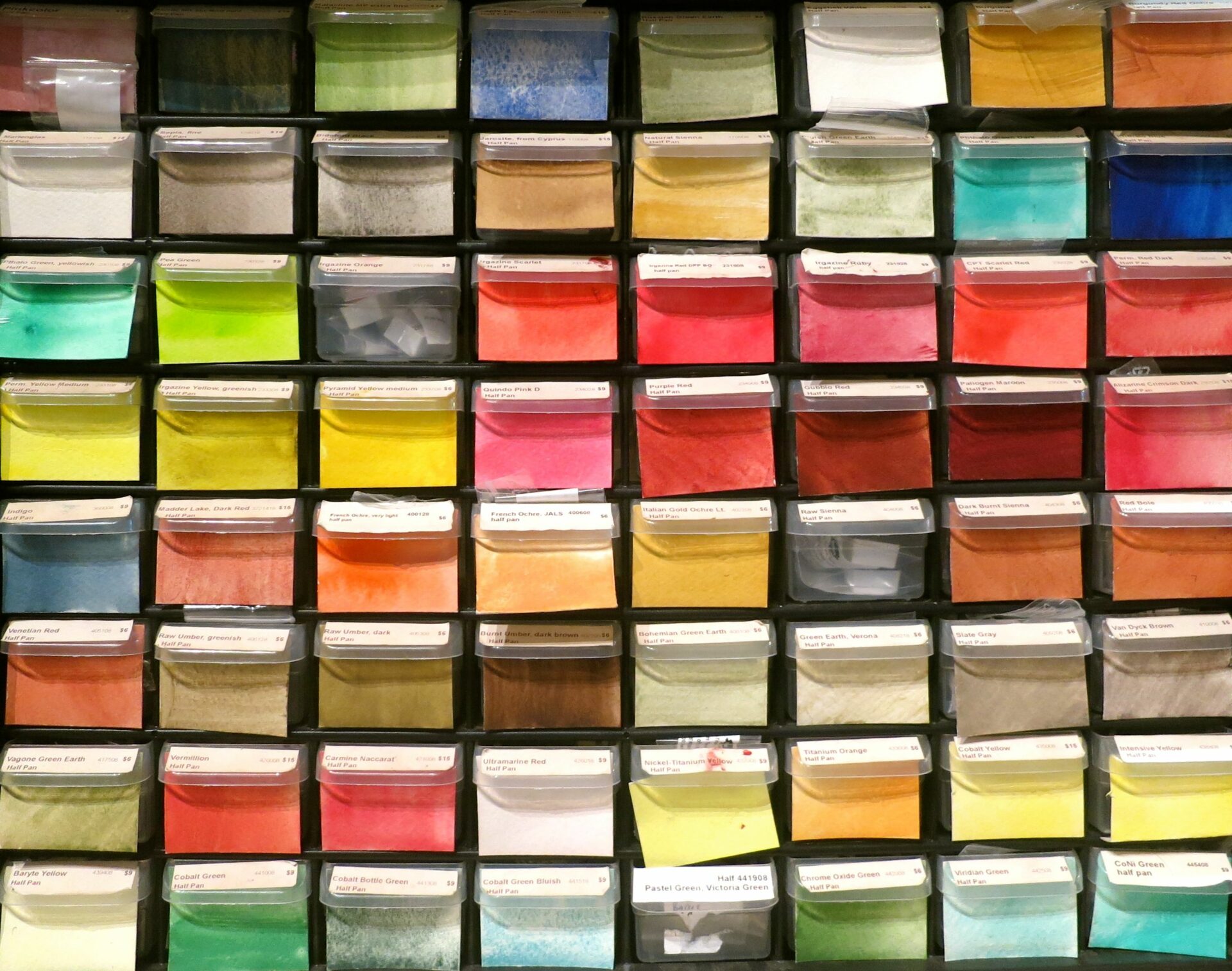
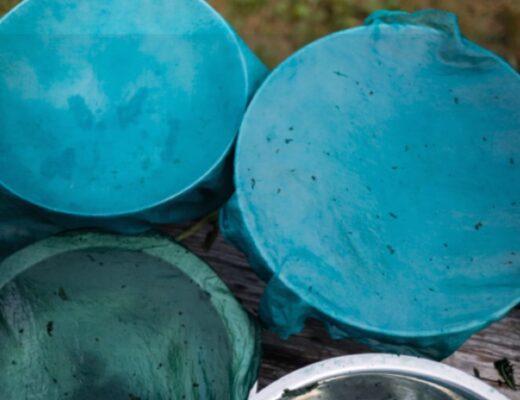
No Comments